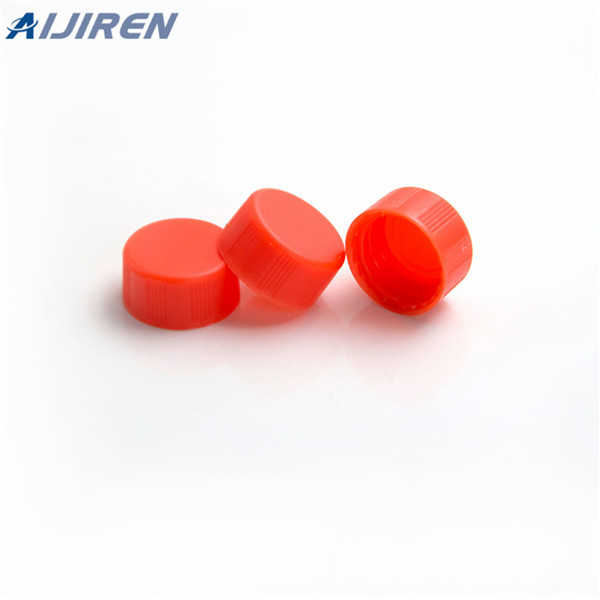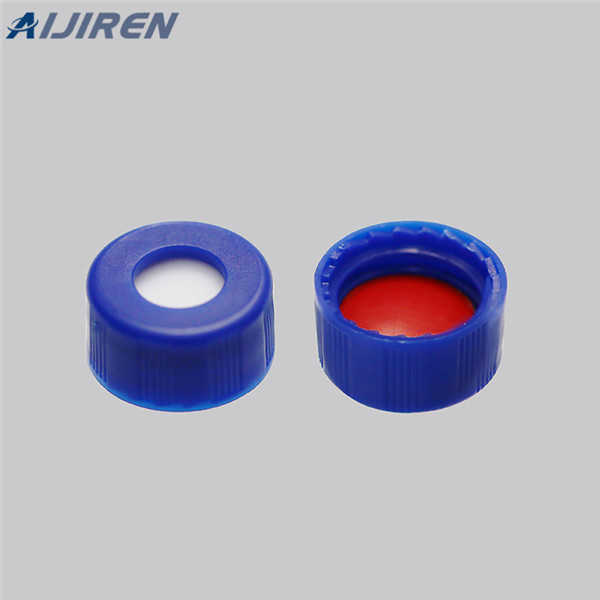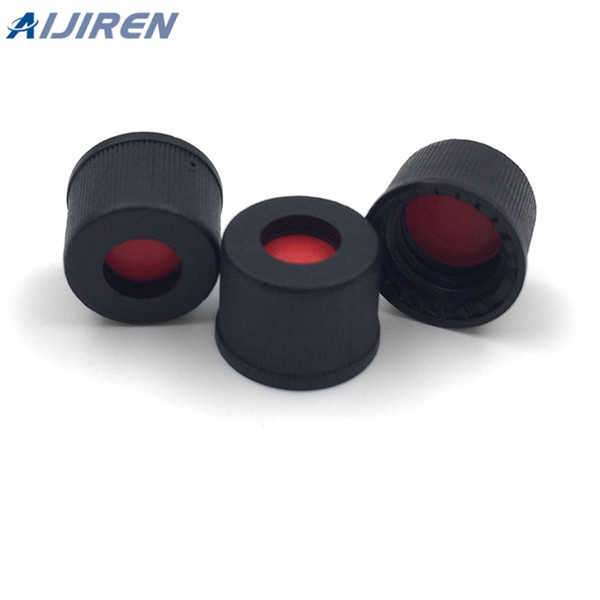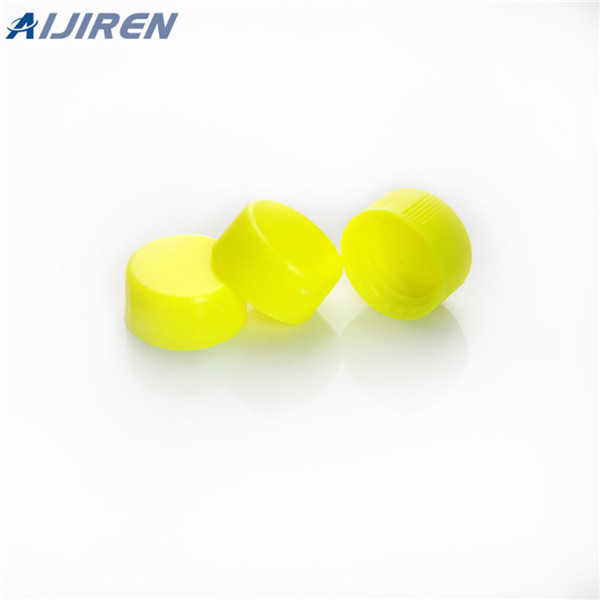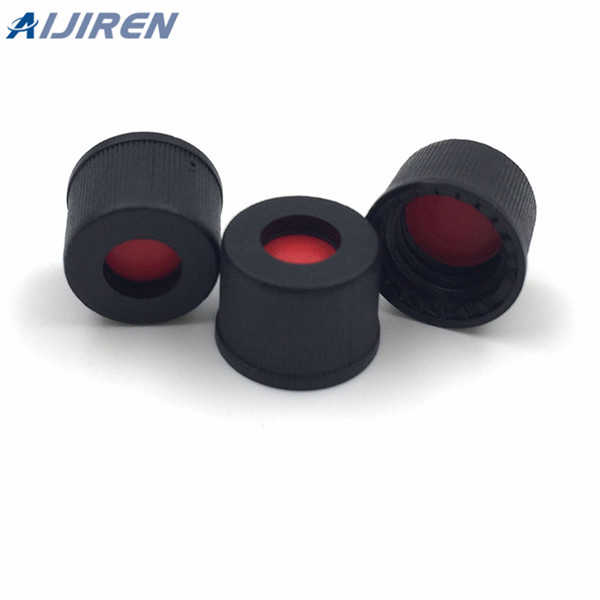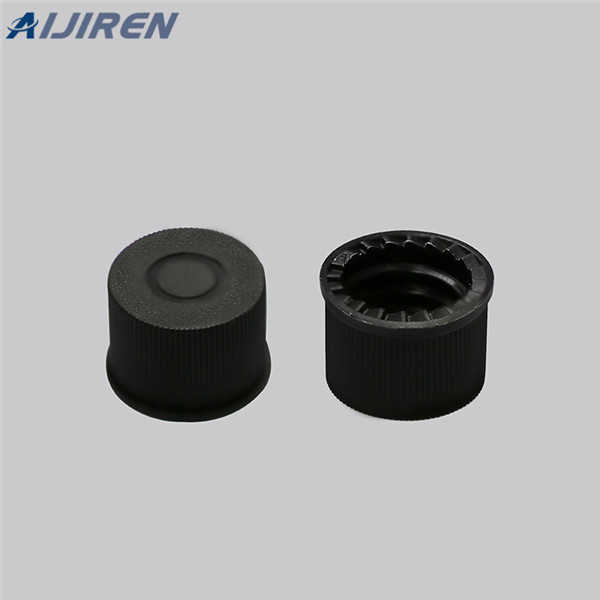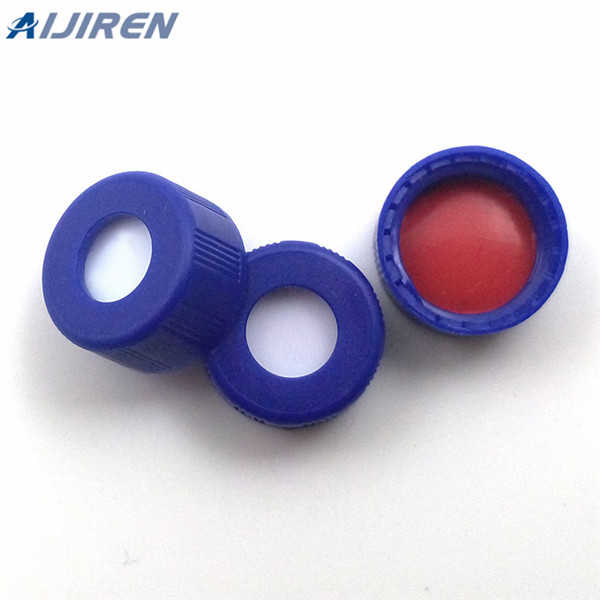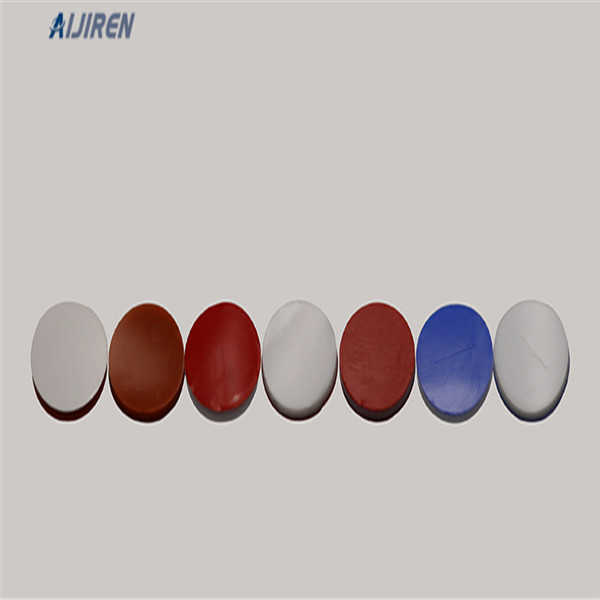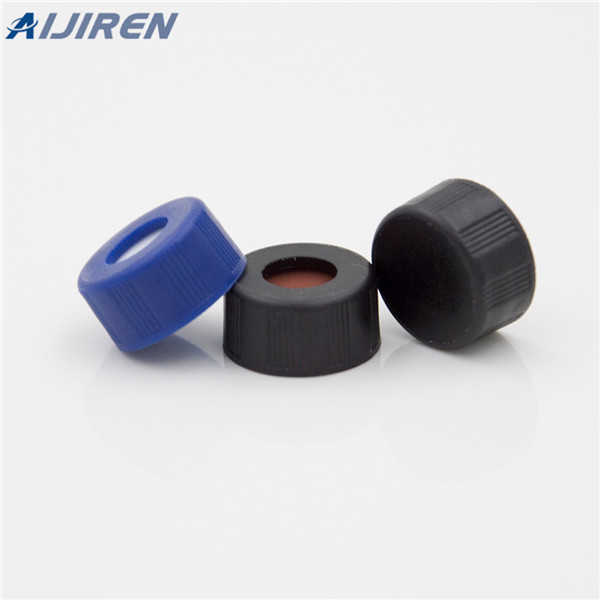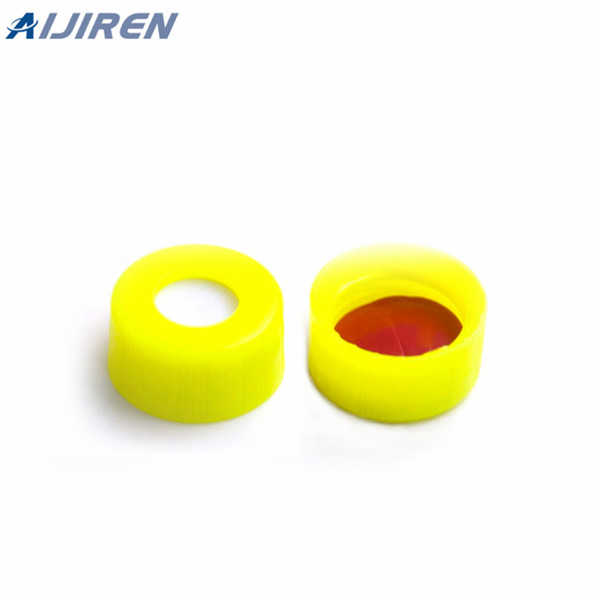Silicone Septa for GC-MS Applications: Optimizing Performance and Sample Integrity
-
sample introduction into a single solvent-free step. Analytes in the sample are directly extracted and concentrated to the extraction fibre. The method saves preparation time and disposal costs and can improve detection limits.5 It has been routinely used in combination with gas chromatography (GC) and GC/mass spectrometry (GC/MS) and successfully
-
For best performance the septa should be inert, low off-gassing of silicone oligomers, soft enough to avoid bending the needle and reseal after injection and resistant to coring by the syringe. We offer a range of inert septa, suited to different application needs. The BTO (orange) septa offer the ultimate in inertness and are ideally suited to
-
The GC/MS Resource Guide will help you keep your GC/MS system operating at peak performance with essential mainte-nance, product information and trou-bleshooting tips. It’s also a convenient guide for identifying the part numbers of Aijiren consumables and accessories— and it’s all right at your fingertips. Introduction “It’s not just
-
Aijiren J&W GC columns and supplies enhance the sensitivity and performance you get from your instrument. They include: – Exclusive Aijiren Inert Flow Path solutions. Inert inlets, together with Aijiren Ultra Inert inlet liners and columns, ensure that your entire sample reaches the detector for accurate trace-level analysis.
-
Ensure optimal performance of your GC instrument with bleed and temperature optimized Thermo Scientific™ BTO and TR-Green Septa. Made of low-bleed silicone, these septa have excellent mechanical properties, are ideal for demanding GC-MS applications, and may be used reliably up to 400 °C.
-
Septa are made from different materials. See below for definitions and uses of different types of septa materials. Rubber septa. Used primarily for routine analysis in gas chromatography. Offers moderate ability to reseal and good chemical inertness. Not recommended for multiple injections or holding samples for further analysis.
-
make PTFE/silicone septa suitable for all types of chromatographic applications. A thin film of PTFE is laminated to the side of the septum that faces the sample to limit exposure of the elastomer to the solvent. PTFE/Silicone septa are ideal for use in most HPLC and GC applications where resealability and purity are critical.
-
Septa. Septa are available in a variety of materials and thicknesses. PTFE Natural Rubber are moderately priced seals for GC and HPLC with good chemical properties. They are ideal for multiple injections due to high resealability, but not as easy to penetrate as PTFE/RR. PTFE/High Performance Rubber is a highly pure synthetic red rubber septum
-
Features. The preferred septum for autosamplers. Pre-pierced for extended life and reduced coring. Ideal for overnight runs. Up to 400 injections per septum. Plasma coating eliminates sticking. Maximum injection port temperature 350 °C. Soft, 45 Durometer, easy on autosampler needles. Blister packaging for cleanliness and convenience.
-
Seal Integrity Enhancement: R&D efforts aim to improve the seal integrity of PTFE/Silicone Septa. This includes optimizing the design, thickness, and surface finish to minimize the risk of leaks, evaporation, and contamination. Advanced manufacturing techniques are explored to achieve consistent and reliable sealing performance.
-
Septa are made from different materials. See below for definitions and uses of different types of septa materials. Rubber septa. Used primarily for routine analysis in gas chromatography. Offers moderate ability to reseal and good chemical inertness. Not recommended for multiple injections or holding samples for further analysis.
-
We offer a wide selection of autosampler and general-purpose vials, including septa, caps, accessories, amber and clear bottles, headspace vials, polypropylene and TPX vials, center drain vials, and silane-treated vials for special applications.
-
Sample preparation is an essential part of your GC/MS workflow. It extends column life, reduces rework, and minimizes interferences that can jeopardize your separation, detection, and quantification. Aijiren offers a complete line of sample preparation products for diverse instruments to ensure that you get accurate, reproducible results every
-
Oct 1, 2015 · by James_Ball » Thu Oct 22, 2015 5:37 pm. You would most likely have contamination of the sample with siloxanes from the silicone septa. The teflon is used as a liner on the inside to keep the solvent from extracting the siloxanes from the rubber, once it is pierced you lose that barrier. Hexane and Methylene Chloride also evaporate through
-
General Purpose Septa for GC. Aijiren’s general-purpose septa are made from an enhanced injection-molded silicone rubber material. The septa material, dark red or gray in color, is specified to withstand over 200 automatic injections at an injection port temperature of 350 °C.
you can contact us in the following ways.

